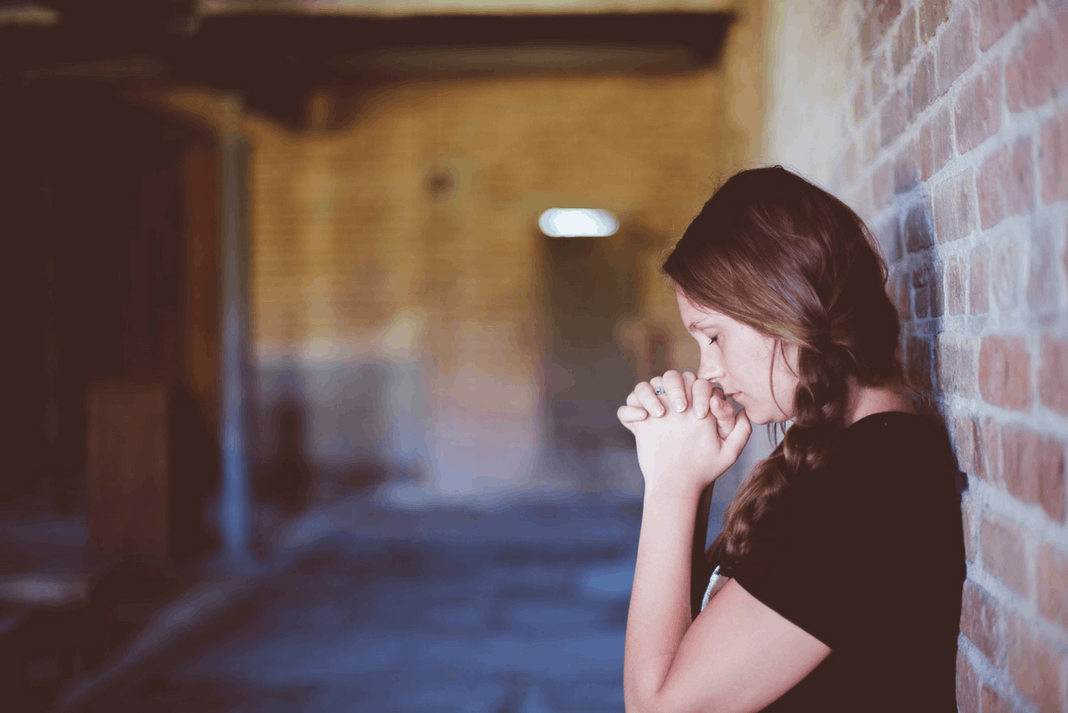How anxiety manifests itself physically and what you can do to stop it
My throat felt dangerously constricted. For months I lived my life with what seemed like an invisible vice grip wrapped around my neck.
The tension was so real to me that I went as far as to allow doctors to stick tubes up my nose to find that my insides were squeaky clean.
Still, I was adamant that the restriction I felt was real. What I was experiencing was not one of my hypochondriac breakdowns.
I was right. It was a severe reaction to the mental anguish, the anxiety I had naturally become so accustomed to over the years. I was always on edge. I thought that was just me.
But little did I know, there is a significant difference between a case of the caffeine-induced jitters and full-blown anxiety disorder.
Anxiety Disorders come in many forms including Generalized Anxiety Disorder, Panic Disorder, Phobias, Social Anxiety Disorder, and Separation Anxiety Disorder.
Although there are many treatment options available for the emotional components of the distress, management of the physical symptoms are rarely addressed.
Anxiety, as an emotional response to a perceived threat, sets off the body’s fight-or-flight response, triggering various unpleasant physical sensations.
Some of the physical symptoms that occur include:
- Shortness of breath
- Chest/Throat Tightness
- Flushed Face
- Insomnia
- Muscle Spasms
- Stomach Aches
- Dizziness
- Heart Palpitations
- A feeling of losing control of surroundings
Even though stress is an understood part of our DNA, not many sufferers are aware of it.
Most of us, become even more anxious in response to fight-or-flight. We begin to think that there’s something wrong with us.
It amazes me how often we hear the phrase “it’s all in your head” from practitioners in the medical community.
Fight-or-flight is a biological response to potential danger. It is an inherent part of being human. Just understanding that as a principle, that it’s 100% NORMAL to react this way to fear, makes a world of difference.
So How Can You Cope?
DON’T SETTLE
First, make it your mission never to settle. If you feel your concerns are not being addressed by your practitioner, psychologist, psychiatrist, or whomever else, ditch them.
They haven’t done their research, and you deserve the best. Understand that although anxiety is a common disorder, it does not make your struggle any less valid.
TRY TRY AND TRY AGAIN
Experiment with strategies aimed at releasing physical tension. Do not allow yourself to get discouraged if something doesn’t work on the first try, the tenth try, or ever at all.
Keep an optimistic outlook by practicing daily affirmations that you are on your way to recovery.
LET GO OF PERFECTION
Do not try to fit the mold of current trends that claim to know the secrets of good health and happiness. Just because your friend attributes her stress-free lifestyle and glowing skin to her vegan diet, does not mean its the right path for you.
Some people need cheeseburgers and ice cream to be happy, and others drink grass and chant incoherent mishegoss. It’s all wonderful. Just do what works for you.
GROUND YOURSELF
Practicing grounding techniques is a surefire way to reduce physical tension. Grounding involves centering yourself via distraction.
For example, place your feet firmly on the floor, and take the time to notice the sensation of your feet against the floorboards. Simple actions like these distract the mind from the other negative feelings you may be feeling, physically.
SIP SOMETHING WARM
Slowly sipping on a cup of herbal or decaf tea will calm your muscles and warm your body into a more relaxed state. Think of this as a small hot tub for your mouth.
PRACTICE ACCEPTANCE
Acceptance is similar to grounding in that it encourages gaining awareness of the present moment. The difference is that instead of distracting the mind, physical tension is relieved by acknowledging the unpleasant sensation without judgment.
For example, if you’re feeling short of breath, acknowledge the feeling, without reservation. Say things to yourself such as “At this moment, I am short of breath.”
Confirming tension aloud, without assigning emotion, eliminates the fear that accompanies the symptoms (i.e., “I can’t breathe,” “I’m afraid I will pass out”). Acceptance essentially puts things into perspective on an emotional level through purposeful detachment.
GET CREATIVE
When all else fails, speak your truth. Sing, draw, dance, or write it out in a journal. Validate yourself and be proud of your passionate creations of self-expression. Create beauty out of pain.
Sufferers, the reality is you’re going to get frustrated. Anxiety is tough. But something will click if you keep at it.
Don’t give up.
Hi, I’m Sophia! Welcome to my blog Try Stress Management (trystressmanagement.com), where I share simple, down-to-earth ways to handle stress and bring more calm into everyday life. Think of me as your friendly guide, offering practical tips, reflections, and little reminders that we’re all figuring this out together.
When I’m not blogging, you’ll usually find me with a good book, sipping tea, or exploring new walking trails. I believe small changes can make a big difference—and that a calmer, happier life is possible for everyone.
